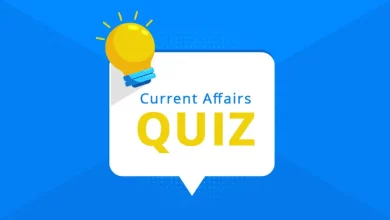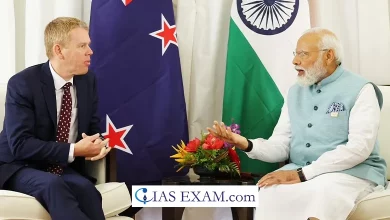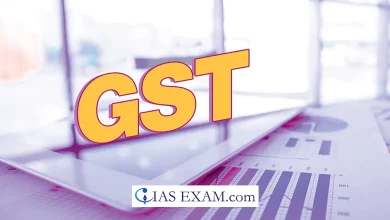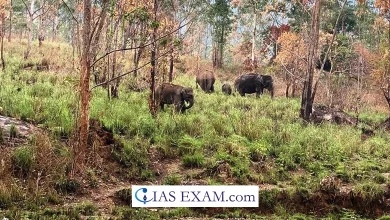Daily Current Affairs for UPSC
National Platform for Disaster Risk Reduction (NPDRR)
Syllabus- Government Policies and Interventions [GS Paper-2]
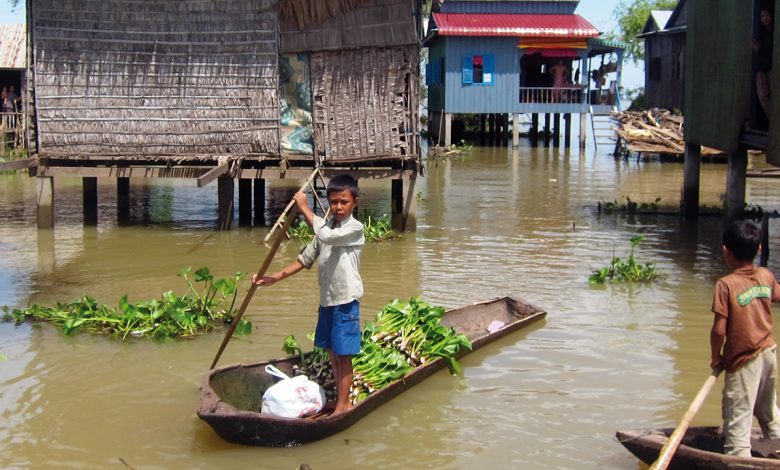
Context- The Prime Minister of India recently inaugurated the 3rd Session of the National Platform for Disaster Risk Reduction (NPDRR) in New Delhi.
Key Highlights
- “Building Local Resilience in a Changing Climate” is the main theme of the session.
- The Prime Minister paid tribute to Subhash Chandra Bose Aapda Prabandhan Puraskar winners.
- The PM gave the example of Kutch’s Bhunga houses, which largely survived the earthquake.
National Platform for Disaster Risk Reduction (NPDRR)
- It is a multi-stakeholder platform established in 2013 by the Indian government to promote dialogue, exchange of experiences, viewpoints, and ideas, as well as to conduct action-oriented research and investigate opportunities in the field of disaster risk reduction (DRR).
- It aims to bring together representatives of the government, parliamentarians, mayors, media, international organizations, NGOs, local community representatives, scientific and academic institutions, corporate businesses, and other members of India’s disaster risk community.
- The National Platform’s output will serve as a roadmap and strategic direction for the development of subsequent DRR National Action Plans.
Functions
- To periodically assess the development of disaster management.
- To comprehend the extent and manner in which the Disaster Management Policy has been implemented by the Federal, State, and other relevant agencies, and to provide appropriate guidance in this regard.
- To advise on disaster risk reduction coordination among local self-governments, civil society organizations, and the Central, State, and UT governments.
- To offer advice on your own initiative or in response to a question posed by the Central Government, a State Government, or an Administration of a Union territory regarding disaster management.
- To examine the National Policy on Disaster Management.
Disaster Risk Reduction (DRR)
- It aims to prevent new disasters, reduce existing ones, and manage residual risks, all of which improve resilience and, as a result, contribute to sustainable development.
- With specific targets, indicators, and time frames, DRR policies and strategies establish goals and objectives over a variety of timescales.
Sendai Framework for Disaster Risk Reduction 2015-2030
- The United Nations-endorsed Sendai Framework, which was adopted in Sendai, Japan, in March 2015, is a global, agreed-upon policy for reducing disaster risk. Its anticipated outcomes over the next 15 years are as follows:
- The significant reduction in the likelihood of disasters, as well as the resulting losses in health, livelihood, and economic, physical, social, cultural, and environmental assets of individuals, businesses, communities, and nations.
- It was the principal significant arrangement of the post-2015 advancement plan and furnishes Part States with substantial activities to safeguard improvement gains from the gamble of calamity.
- The Paris Climate Change Agreement, the Addis Ababa Action Agenda on Financing for Development, the New Urban Agenda, and ultimately the Sustainable Development Goals are all integral parts of the Sendai Framework.
- It acknowledges that while local government, the private sector, and other stakeholders should share responsibility for reducing disaster risk, the state should play the primary role.





.png)
